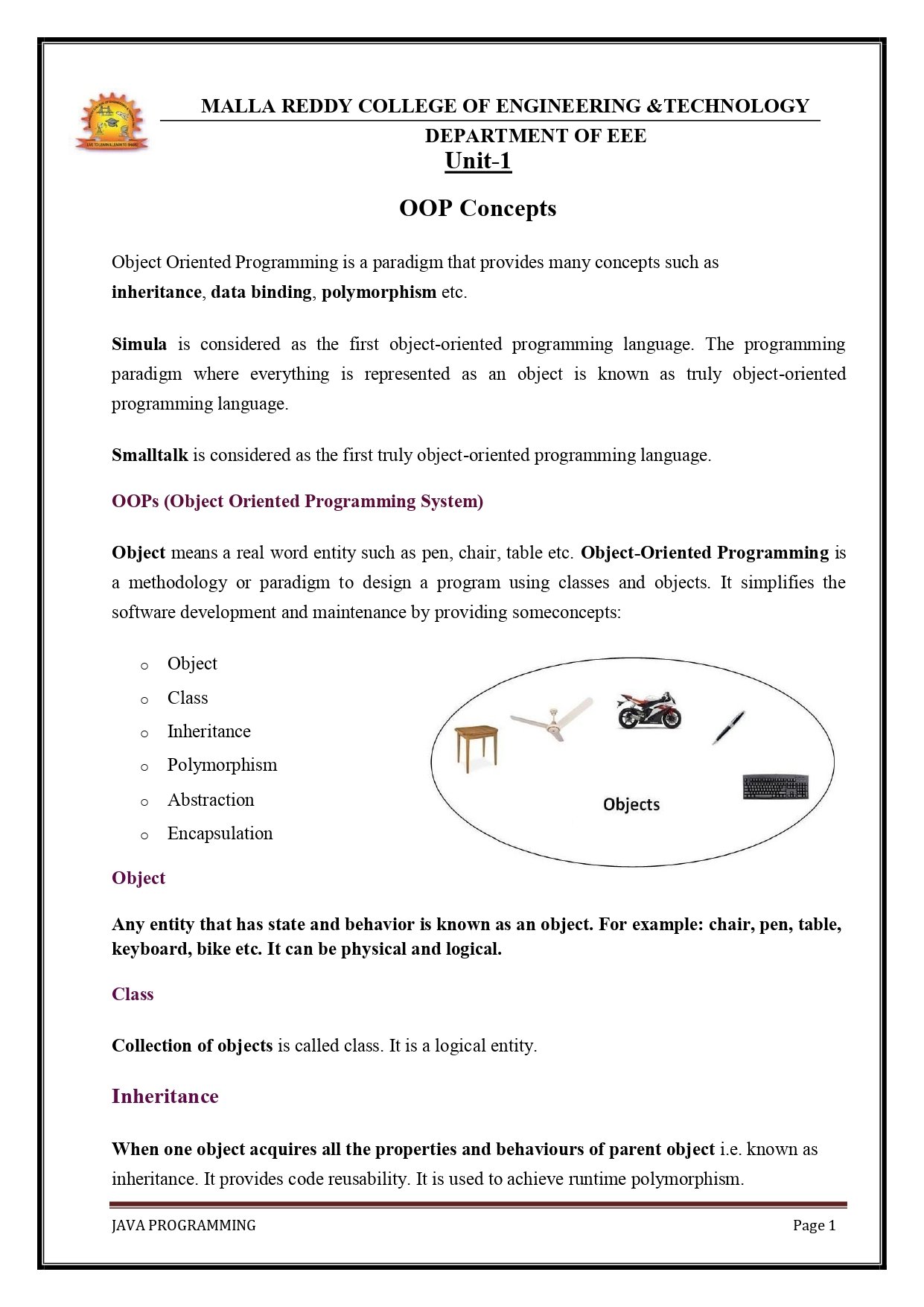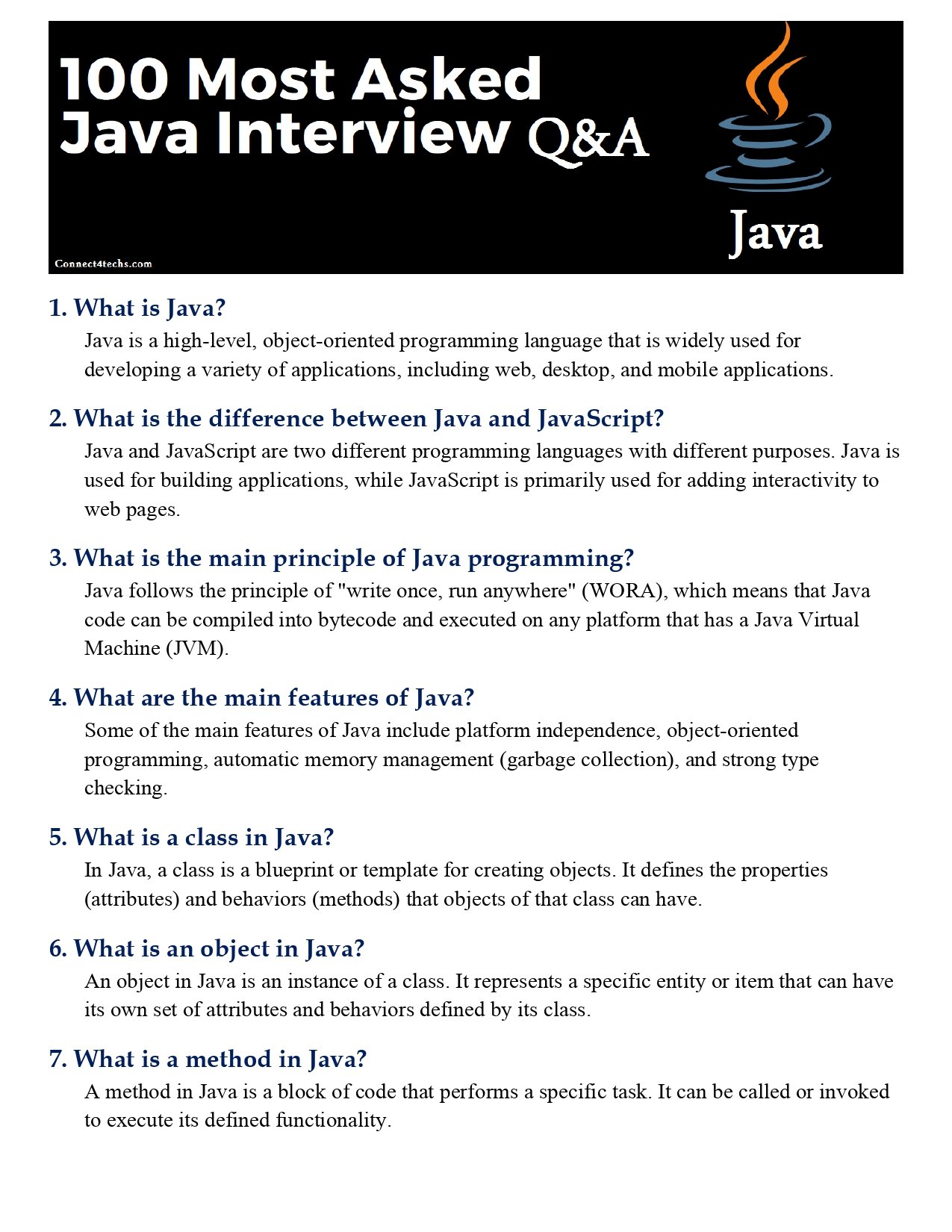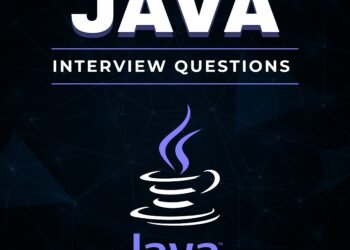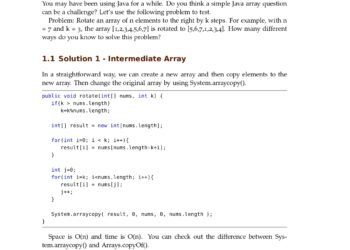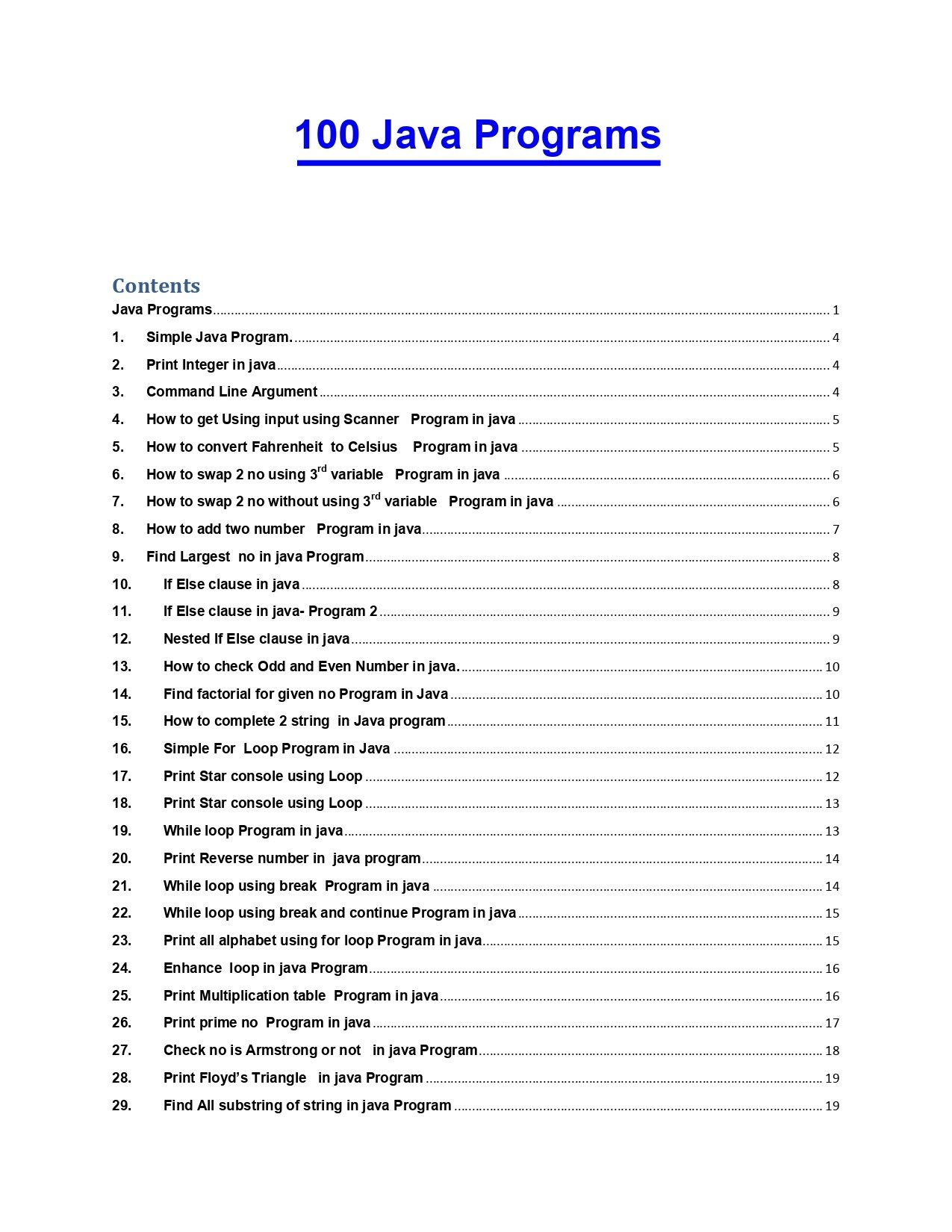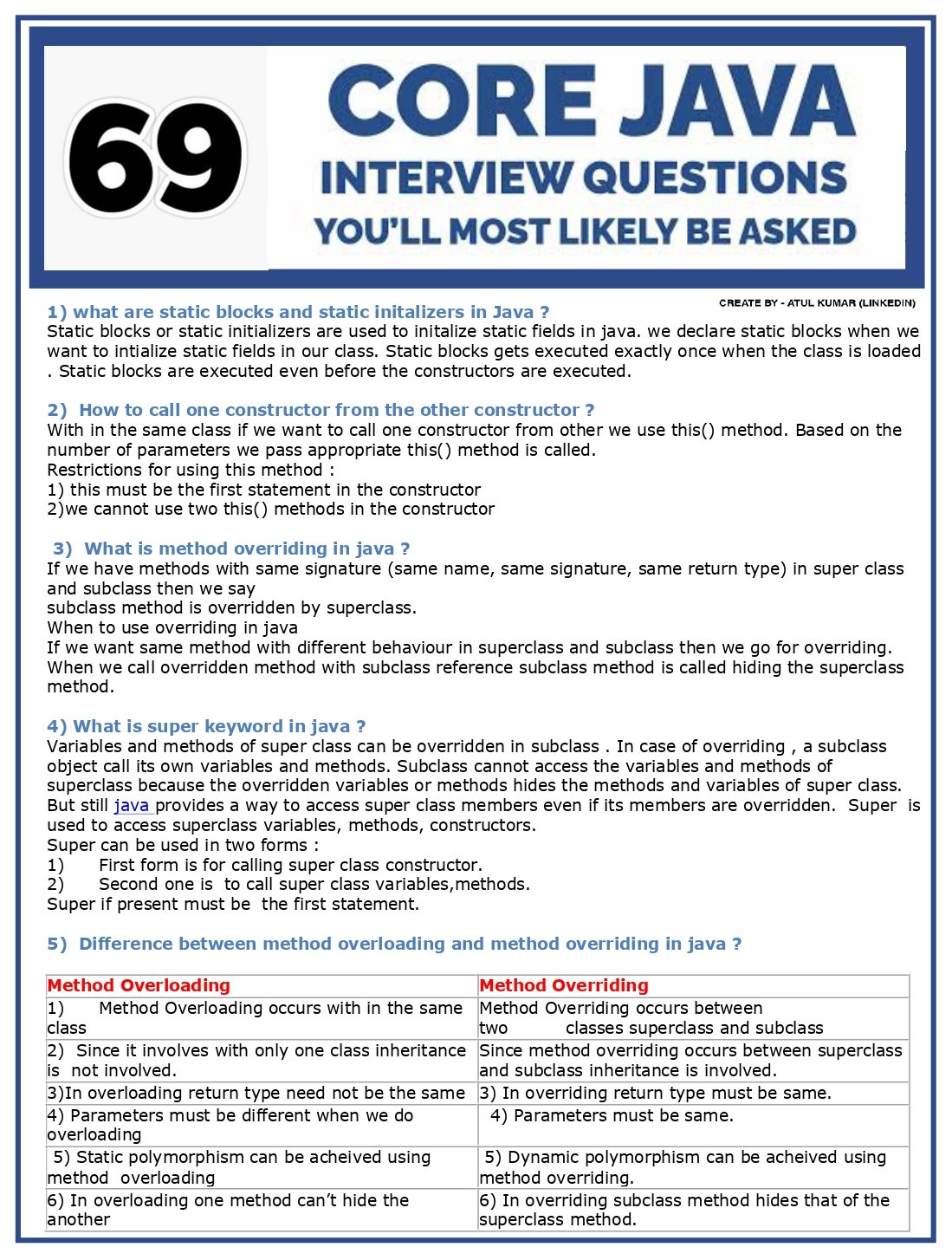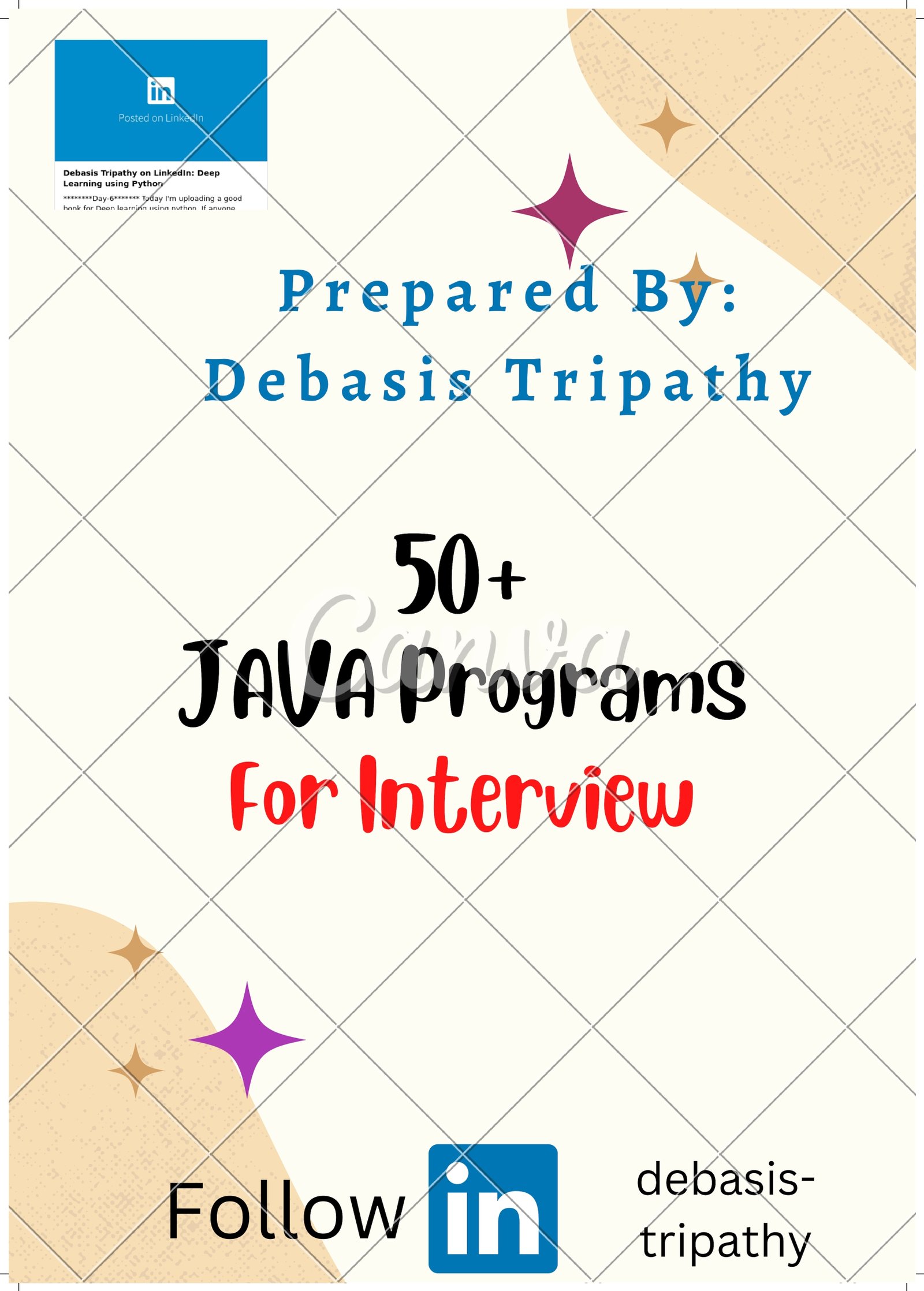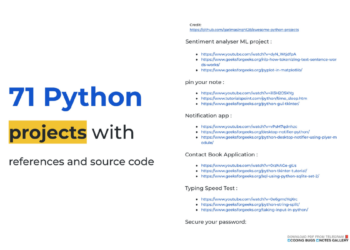Introduction to Java Programming Digital Notes: A Comprehensive PDF Resource
Java Programming is a popular and versatile programming language that has become a cornerstone of modern software development. Whether you’re a beginner taking your first steps into the world of programming or an experienced developer looking to expand your skill set, having comprehensive and accessible learning materials is essential.
In this blog post, we present the “Introduction to Java Programming Digital Notes: A Comprehensive PDF Resource.” This digital notes package serves as an invaluable tool for anyone starting their journey in Java programming. Let’s explore this resource and discover how it can accelerate your learning and mastery of Java!
The Power of Java Digital Notes:
The “Introduction to Java Programming Digital Notes” offers a convenient and flexible format for learning Java. In the form of a PDF document, it provides a portable and accessible resource that can be used on various devices and platforms. With digital notes, you can easily navigate through the content, search for specific topics, and study at your own pace. Whether you prefer to read on your computer, tablet, or even print out hard copies, these digital notes adapt to your learning style and preferences.








Key Topics Covered in the Java Digital Notes:
The digital notes cover a wide range of essential topics in Java programming, including:
- OOP Concepts:- Data abstraction, encapsulation inheritance
- Benefits of Inheritance
- Polymorphism, classes and objects
- Procedural and object oriented programming paradigms
- Java Programming- History of Java
- Comments, Data types, Variables, Constants
- Scope and Lifetime of variables
- Operators, Operator Hierarchy, Expressions
- Type conversion and casting, Enumerated types
- Control flow- block scope, conditional statements, loops, break and continue statements
- Simple java stand alone programs, arrays
- Console input and output, formatting output
- Constructors, methods, parameter passing
- Static fields and methods, access control, this reference,
- Overloading methods and constructors, recursion, garbage collection,
- Building strings, exploring string class.
- Inheritance — Inheritance hierarchies super and sub classes, Member access rules
- super keyword, preventing inheritance: final classes and methods, the Object class and its methods.
- Polymorphism — dynamic binding, method overriding,
- abstract classes and methods.
- Interfaces- Interfaces Vs Abstract classes, defining an interface, implement interfaces
- Accessing implementations through interface references, extendinginterface.
- Inner classes- Uses of inner classes, local inner classes
- Anonymous inner classes, static inner classes, examples.
- Packages- Defining, creating and accessing a package,
- Understanding CLASSPATH, importing packages.
- Exception handling- Dealing with errors, benefits of exception handling
- The classification of exceptions- exception hierarchy, checked exceptions and unchecked exceptions
- Usage of try, catch, throw, throws and finally,
- Rethrowing exceptions, exception specification,
- Built in exceptions, creating own exception sub classes.
- Multithreading — Differences between multiple processes and multiple threads, thread states
- Creating threads, interrupting threads, thread priorities, synchronizing threads
- Inter-thread communication, producer consumer pattern
- Exploring java.net and java. text.
- Collection Framework in Java — Introduction to java collections, Overview of java collection framework, Generics
- Commonly used collection classes- Array List, Vector, Hash table, Stack, Enumeration, Iterator
- String Tokenizer, Random, Scanner, Calendar and Properties.
- Files- Streams- Byte streams, Character streams, Text input/output, Binary input/output
- Random access file operations, File management using File class.
- Connecting to Database — JDBC Type I to 4 drivers, Connecting to a a database,
- Querying a database and processing the results, updating data with JDBC.
- GUI Programming with Java- The AWT class hierarchy, Introduction to Swing, Swing Vs AWT, Hierarchy for Swing components
- Containers — Jframe, JApplet, JDialog, JPanel
- Overview of some Swing components — Jbutton, JLabeI, JTextField, JTextArea, simple Swing applications,
- Layout management — Layout manager types — border, grid and flow
- Event Handling- Events, Event sources, Event classes, Event Listeners,
- Relationship between Event sources and Listeners, Delegation event model,
- Handling a button click, Handling Mouse events, Adapter classes.
- Applets — Inheritance hierarchy for applets
- Differences between applets and applications, Life cycle of an applet,
- Passing parameters to applets, applet security issues.
Key Features and Benefits:
The “Introduction to Java Programming Digital Notes” offers several features and benefits that make it an invaluable resource for Java learners:
a. Comprehensive Content: The digital notes provide a comprehensive overview of Java programming, covering fundamental concepts and essential topics required to build a strong foundation in Java development.
b. Structured Learning: The content is organized in a logical and structured manner, allowing for a step-by-step progression through the material. Each topic builds upon the previous ones, aiding comprehension and retention.
c. Code Examples and Illustrations: The digital notes include numerous code examples and illustrations that demonstrate Java concepts and best practices. These examples serve as valuable references and aids to reinforce learning.
d. Clear Explanations: The notes offer clear and concise explanations of complex concepts, making them accessible to beginners while providing insights for more experienced programmers.
e. Visual Enhancements: The PDF format allows for visual enhancements, such as diagrams, charts, and highlighted code snippets, to aid understanding and make the learning experience more engaging.
f. Convenient Reference: Once downloaded, the digital notes become a permanent resource that you can refer back to anytime, even without an internet connection. This makes it an ideal companion for self-paced learning and quick refreshers.
Accelerate Your Java Learning:
With the “Introduction to Java Programming Digital Notes,” you can accelerate your journey into the world of Java programming. This comprehensive resource equips you with the knowledge and tools necessary to understand and write Java code effectively. Whether you’re a student, a hobbyist, or a professional looking to expand your skill set, these digital notes provide a solid foundation for your Java programming endeavors.
Conclusion:
The “Introduction to Java Programming Digital Notes” offer a comprehensive and accessible resource for anyone embarking on a Java programming journey. With its concise explanations, code examples, and organized structure, this PDF package empowers you to grasp the fundamental concepts of Java programming effectively. So, download the digital notes, embark on your Java learning adventure, and unlock the potential to build robust and innovative applications using this powerful programming language.
Nu Of Pages
121 Pages
Download the Java Programming Digital Notes from here
For Java Tutorial PDF From here
